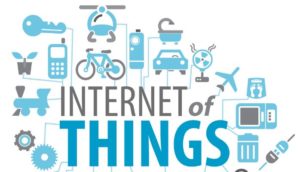[vc_row][vc_column][vc_images_carousel images=”15026,15029,15030,15032,15033,15034,15013″ img_size=”medium” autoplay=”yes” wrap=”yes”][vc_separator color=”black” border_width=”5″][vc_cta h2=”Click the menu below to make sure that you get this week’s podcast. Clicking on the link at the bottom of this page or Subscribing to Internet Advisor Podcast Feed at iTunes or with your favorite podcast app will get you our show. “]
- Click here to listen to this week’s podcast
- Clicking on the link at the bottom of this page…
- Subscribing to Internet Advisor Podcast Feed at iTunes or with your favorite podcast app.
Show Notes:
Hour 1: Publicity Stunt or Historic First Step
Joining us today to talk about the Space X Heavy Falcon launch and its historic impact are a team of three experts from the aeronautics field.
 Richard Stiennon may surprise you as a member of this panel but he received his BS from the University of Michigan in Aerospace Engineering before becoming the international cybersecurity expert and author. Richard will be with us as a guest expert for the whole show.
Richard Stiennon may surprise you as a member of this panel but he received his BS from the University of Michigan in Aerospace Engineering before becoming the international cybersecurity expert and author. Richard will be with us as a guest expert for the whole show.
 Patrick Stiennon , a patent lawyer in Madison, WI, was another surprise guest. Patrick, however, has extensive knowledge and experience in the design of …
Patrick Stiennon , a patent lawyer in Madison, WI, was another surprise guest. Patrick, however, has extensive knowledge and experience in the design of …
Read More
















